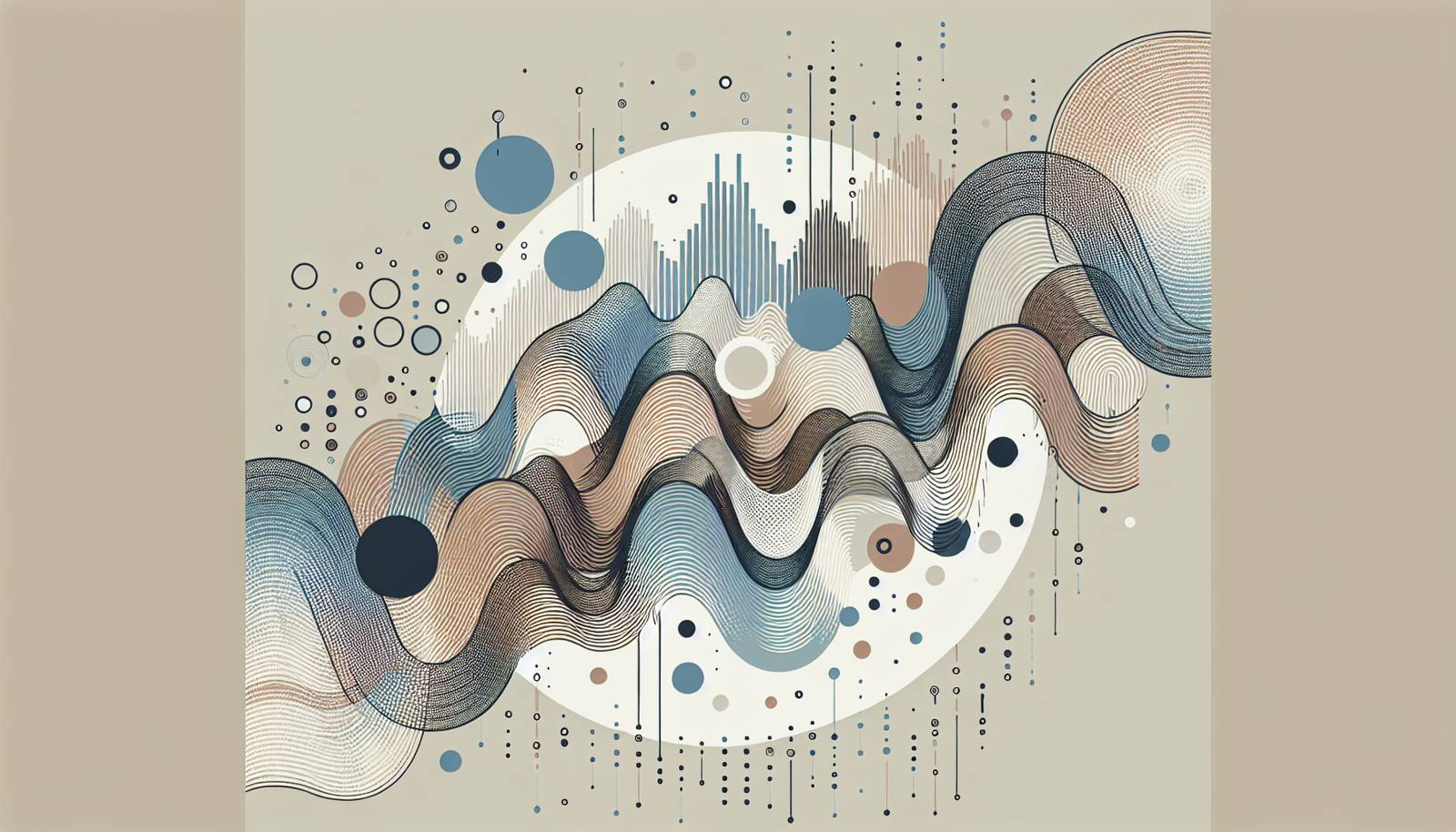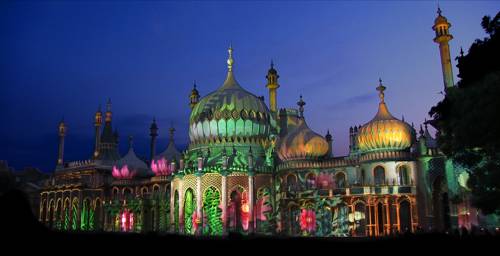
FAQ About The Role of Soundscapes in Artistic Installations

What are soundscapes in artistic installations?
Soundscapes in artistic installations refer to the use of auditory elements to create an immersive environment within art exhibits. These auditory elements can include natural sounds, music, spoken word, or synthetic noises that are skillfully integrated into the installation to enhance the viewer's experience.

How do soundscapes enhance the experience of art installations?
Soundscapes can transform art installations by adding depth and emotion, influencing the audience's interpretation and engagement. The auditory component helps in creating a multi-sensory experience that can evoke feelings, memories, and perceptions, thereby making the artwork more impactful and memorable.

What types of sounds are commonly used in soundscapes for art installations?
Artists might use a wide variety of sounds such as ambient noises from nature (like rain or wind), city sounds (like traffic or crowds), musical compositions, spoken word, or electronic soundscapes. These sounds are carefully chosen to support the theme and emotional tone of the installation.

Can soundscapes affect the visitor's perception of art?
Yes, soundscapes can significantly affect a visitor's perception by shaping the atmosphere and mood within an installation. Auditory elements can guide the audience's emotional response and focus, sometimes altering the meaning or enhancing the message conveyed by the visual elements alone.

Are soundscapes in art installations a recent trend?
While the integration of sound into art has been practiced for many years, the conscious design and conceptualization of soundscapes as an integral component of installations have gained more prominence in contemporary art, especially with the advent of new technologies that offer greater creative possibilities.

What is the role of technology in creating soundscapes for art installations?
Technology plays a crucial role in the creation and implementation of soundscapes. Advanced audio equipment, software for sound manipulation, and strategic speaker placements allow for precise control over how sound is experienced within a space, enabling artists to craft intricate and dynamic auditory environments.

How do artists design soundscapes for installations?
Artists design soundscapes by first considering the thematic and emotional goals of the installation. They select appropriate sounds and determine how these sounds will be spatially and temporally arranged. Techniques such as looping, layering, and live modulation may be employed to create a cohesive and immersive auditory experience.

What is an example of a famous art installation that includes a soundscape?
An example is the installation 'The Weather Project' by Olafur Eliasson at the Tate Modern in London. It featured a vast artificial sun complemented by a soundscape of ambient sounds, which created an immersive and contemplative environment for visitors.

Why are soundscapes considered an essential element in contemporary art?
Soundscapes are considered essential because they broaden the sensory dimensions of art installations, making the experience more immersive and engaging for audiences. They allow for a richer, more dynamic engagement that goes beyond visual aesthetics, tapping into the emotional and psychological realms of viewers.

How do visitors typically interact with soundscapes in art installations?
Visitors interact with soundscapes passively by absorbing the sound environment as they move through the installation, or actively by physically engaging with elements that produce or alter sounds. The interaction encourages a deeper reflection and connection with the piece.

Are soundscapes used in both indoor and outdoor art installations?
Yes, soundscapes can be implemented in both indoor and outdoor settings. In outdoor installations, natural ambient sounds might be incorporated to blend with or contrast against manufactured sounds, while indoor installations can offer more controlled acoustic environments.

What challenges do artists face when creating soundscapes for installations?
Artists often face challenges such as acoustics management, ensuring sound clarity, integrating sound with visual elements, and audience accessibility. Balancing these factors while achieving the desired emotional impact requires careful planning and technical skill.

How can soundscapes influence the emotional tone of an art installation?
Soundscapes can set the emotional tone by using specific sounds or musical elements that evoke certain emotions. For instance, a tense, unsettling atmosphere might be created with discordant tones or industrial noises, while a serene ambiance might use gentle, harmonious sounds like flowing water or soft music.

Can soundscapes in art installations be interactive?
Yes, soundscapes in art installations can be interactive, allowing visitors to influence the sounds they hear. This interaction is often achieved through sensors or interfaces that respond to movement, touch, or proximity, making each viewer's experience unique and dynamic.

Do soundscapes require special equipment to be experienced?
While no special equipment is required for visitors to experience soundscapes, high-quality audio systems and strategically placed speakers are essential for delivering the soundscape effectively within the installation space. Additionally, some installations might use headphones to provide an intimate and personal auditory experience.

How do soundscapes contribute to the narrative of an art installation?
Soundscapes can enhance the narrative by providing contextual cues or emotional layers that support and unfold the story told by the visual elements. They can direct attention, signify transitions, and reinforce themes, helping to convey the artist's intended message more powerfully.

Are there any cultural considerations when integrating soundscapes into installations?
Cultural considerations are vital as different sounds may carry different meanings and emotional responses across various cultures. Artists need to be aware of such associations to ensure that the soundscape resonates appropriately with diverse audiences and is respectful of cultural sensitivities.

How might soundscapes in installations evolve in the future?
In the future, soundscapes might evolve by becoming more immersive and personalized through advancements in technology such as virtual reality (VR) and augmented reality (AR). These tools could enable hyper-realistic sound experiences that adapt in real-time to viewer interactions and environments.

What are common misconceptions about soundscapes in art installations?
A common misconception is that soundscapes are merely background noise with little impact. In reality, they are deliberately designed to complement and enhance the visual aspects, carrying significant weight in shaping the overall experience and emotional engagement of the audience.

How do curators select soundscapes for art installations?
Curators select soundscapes by collaborating with artists to ensure that the auditory elements align with the conceptual and aesthetic goals of the installation. They consider factors such as acoustics, space, audience expectations, and the intended mood to choose or design an appropriate soundscape.
